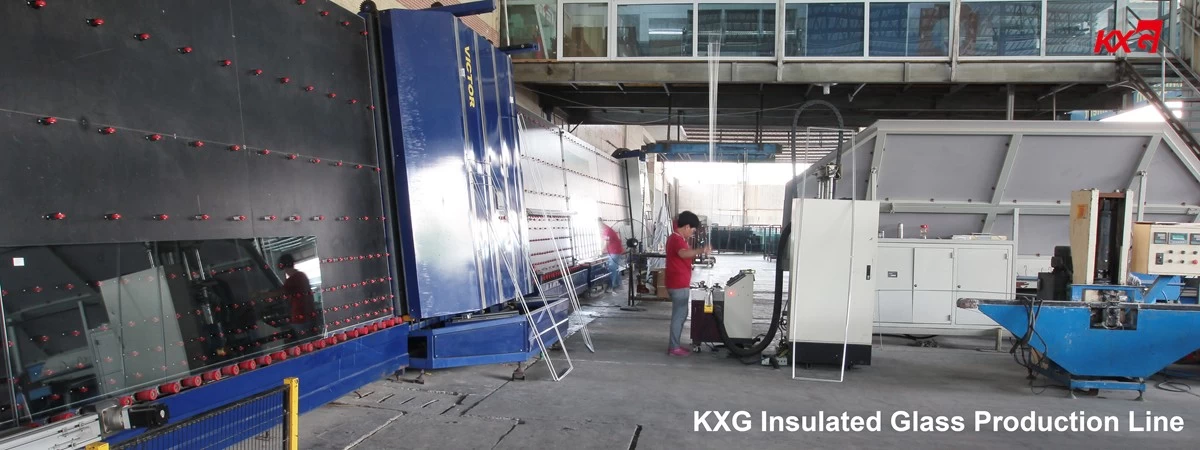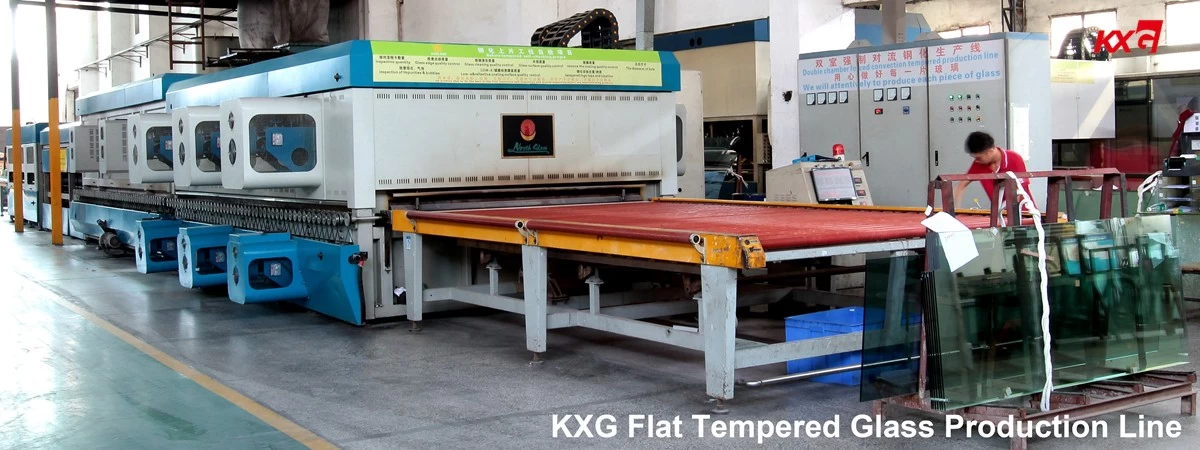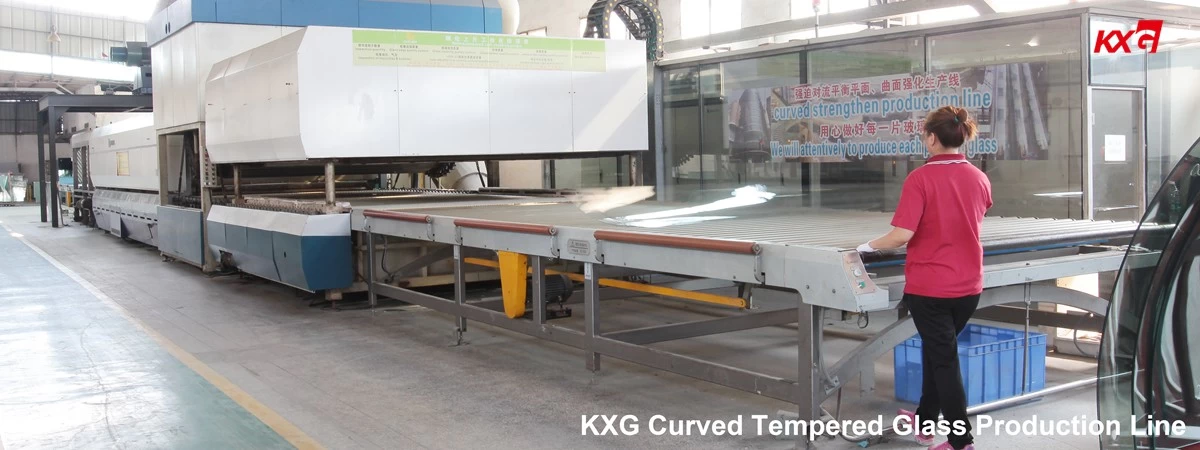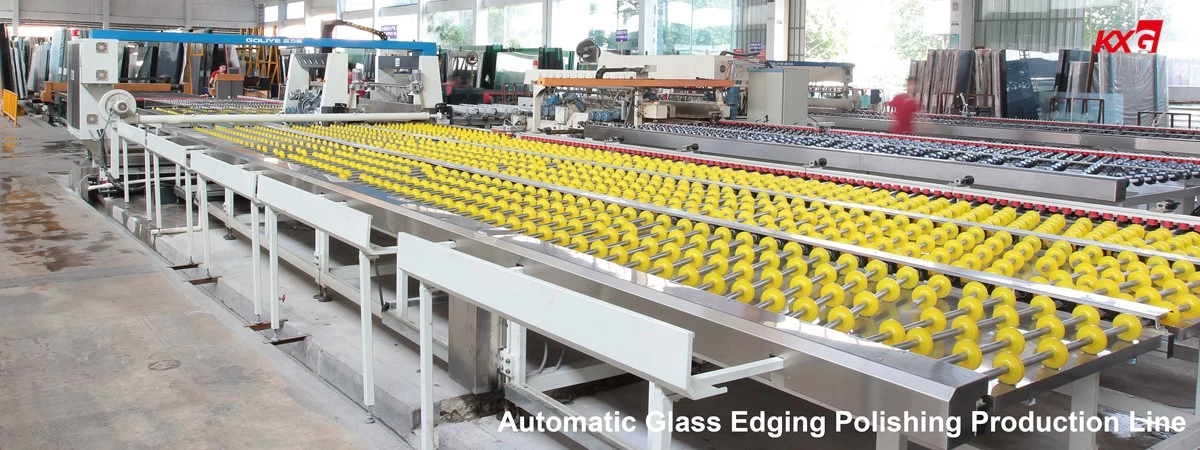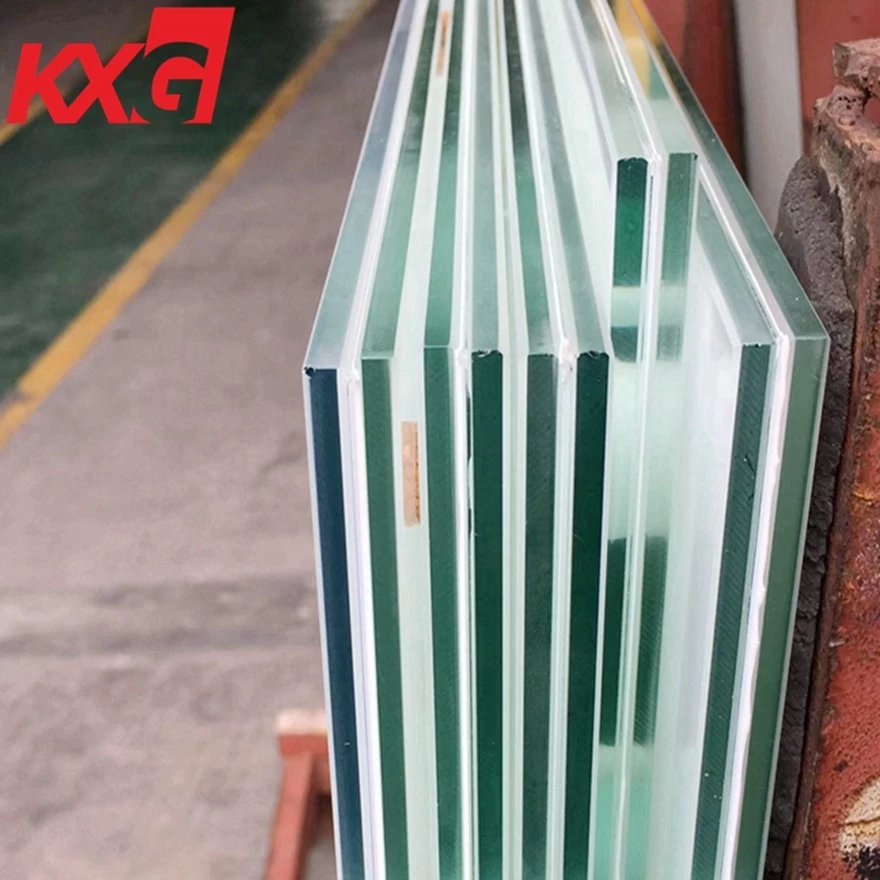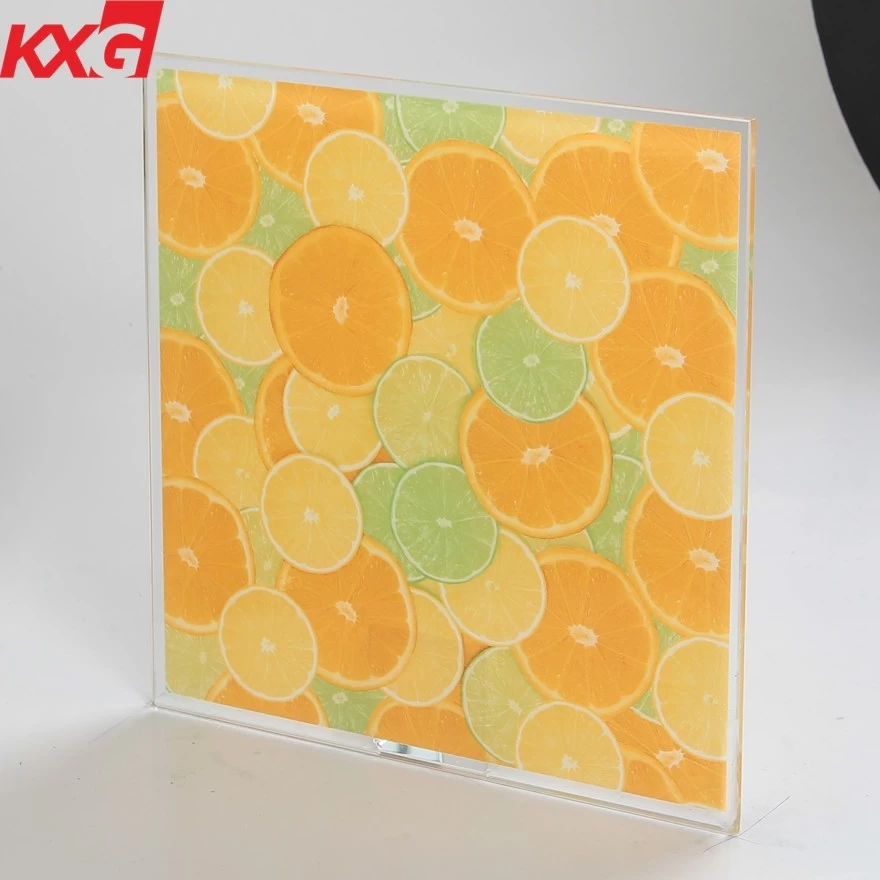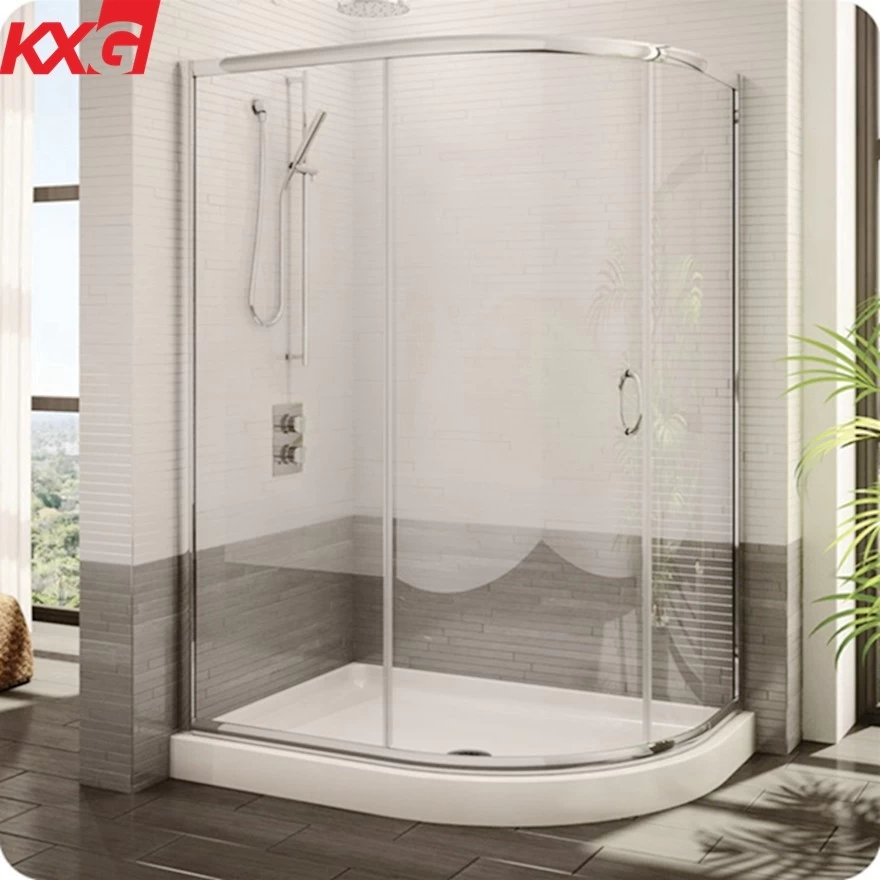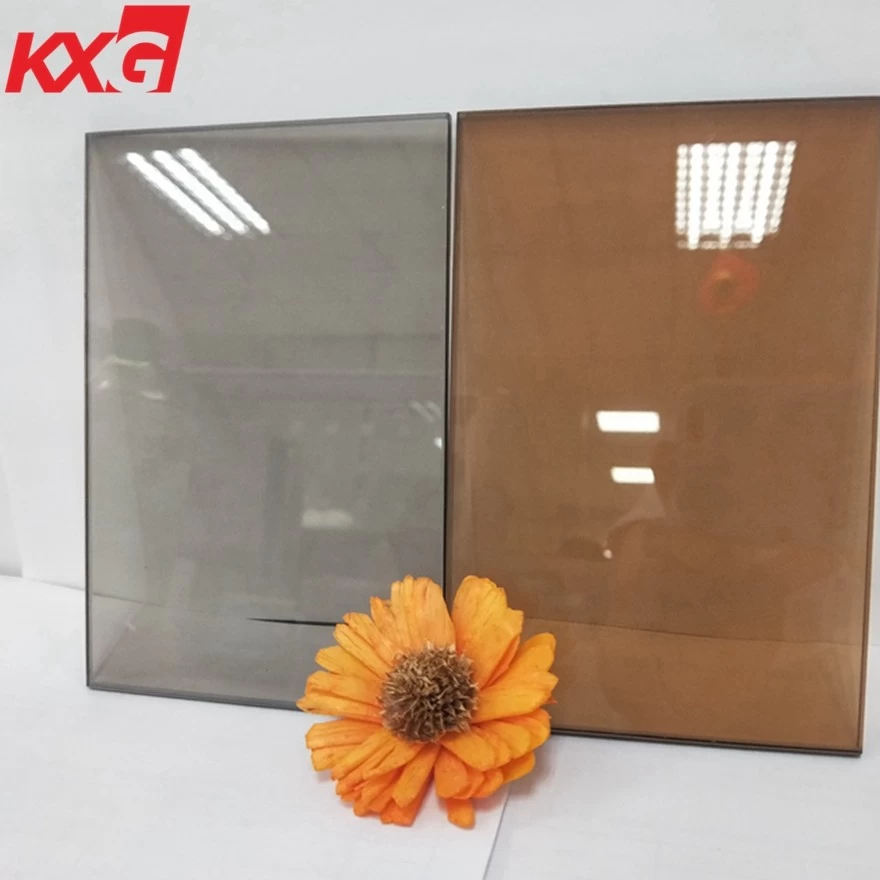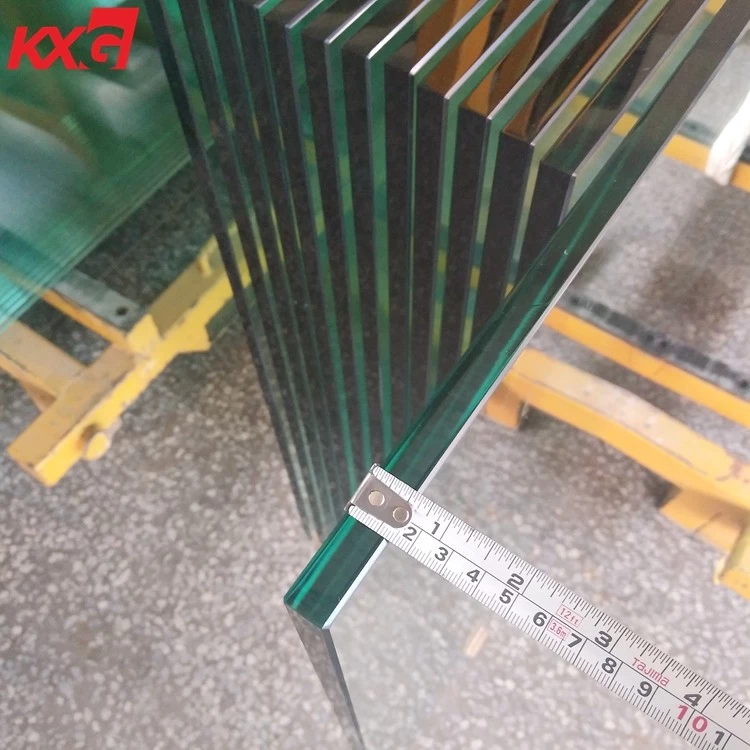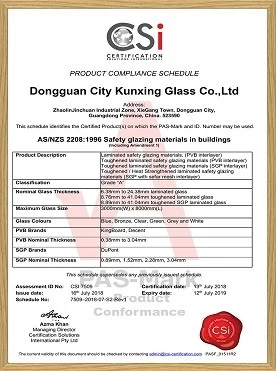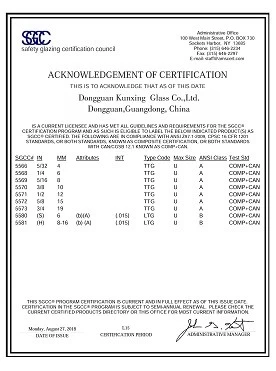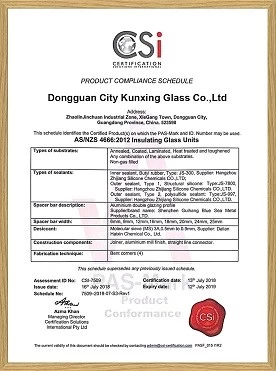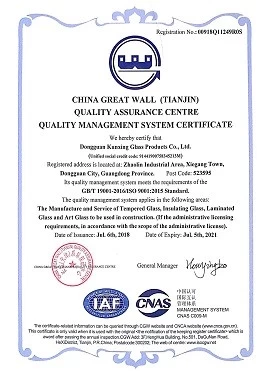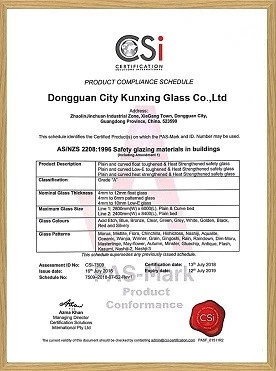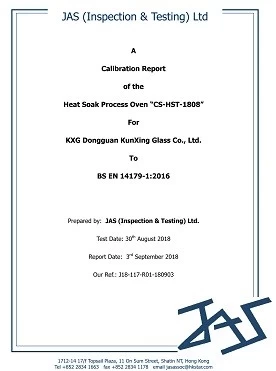What is the difference between heat reflective glass and low-e glass?

Because of this film relationship, Low-e glass has good light transmission and heat insulation effect. In summer, it canprevent outdoor heat from entering the room, saving air conditioning andcooling costs. In winter, it can reduce indoor heating and dissipate heat,saving heating costs. Whether in spring, summer, autumn and winter, or day andnight, far-infrared radiation is ubiquitous, so low-e glass can play anenergy-saving role. Compared with the energy-saving effect of low-e glass, the heat-reflectingglass is relatively insufficient, because the heat-reflecting glass can only show good energy-saving effect when the solar radiation is strong, that is,during the summer day, and in the sun. When the radiation is not so strong in winter or there is no solar radiation at night, the heat-reflecting glass actsalmost like ordinary glass. Therefore, in contrast to the two glasses, low-e glass is superior to heat-radiating glass in energy saving in time or space.

In addition, heat-reflecting glass ismainly used in buildings and glass curtain walls, and in the daytime, theheat-reflecting glass has a one-way transparency effect, that is, the indoorcan see the outdoor, and the outdoor cannot see the indoor. Low-e glass ismostly used in vehicles, ships and other vehicles. If it is used inconstruction, low-e glass is usually made into insulating glass, because itsfilm strength is poor, and it can be improved by making hollow glass. Itssafety performance.

